Why, then, has that earlier quality been largely forgotten? Wasson feels part of the reason that we have such a poor sense of what constitutes television’s “golden ages” is that for most of the history of film study, “TV” has been considered a bad word and film schools have largely avoided including it in their curricula. She recalls that it took years for the notion of studying film to be accepted by academics — and then film was only allowed into the academy when it could be considered art. Television — more bluntly commercial and more geared toward popular entertainment — has had an even tougher entry.
However, she believes that television, film and other forms of moving-image media are at a point of transformation. “People who think about the history of cinema cannot responsibly ignore TV anymore,” she says.
Another practical reason that television has not historically been studied in academia, she adds, was that until very recently it was nearly impossible to see vintage TV. “The only way you could watch old TV shows was the way you did it when you were a kid — you’d just catch it as it passed by the TV screen,” she says. “You had no control over when it would appear, in what sequence or at what time of the day.”
With the widening availability of television from across the medium’s history, scholars are now discovering that it has offered a far richer canon than previously believed. “The narrative that TV was a low art and is now a high art is also being rewritten as scholars and historians of television go back and recognize there were all these interesting interfaces with the art world,” Wasson says — both in early TV’s high-concept experiments like The Twilight Zone and The Outer Limits and in the corresponding interest artists like Andy Warhol took in exploring the world of televised culture. Wasson recently served as a consultant on a current exhibit at the Jewish Museum in New York City called “Revolution of the Eye,” which explores the long history of television’s relationship to modern art.
Even with the arrival of VCRs in the early 1980s, the accessibility of old television shows depended on stations airing them. Yet following the rise of DVDs and the sudden availability of complete old series for sale or rent, the public’s relationship with television changed greatly.
Acland believes one of the most important recent developments in television history was the discovery that the public was willing to pay money to own entire seasons of TV shows. “In the late ’90s and early ’00s, it was shocking to the industry that people were interested in actually buying television — not just renting!” he says. “This was a revelation, and so much of the entertainment industry reordered itself to the idea they could produce and broadcast programming, and then be able to have this really lucrative subsidiary market of DVDs.”
Acland notes that while DVDs facilitated the now prevalent practice of “binge watching” programs for hours at a time, we have also seen the miniaturization of television programming, with major network shows designed to be segmented and circulated as short clips on such platforms as YouTube, easily viewable on smartphones or tablets.


 Charles Acland
Charles Acland
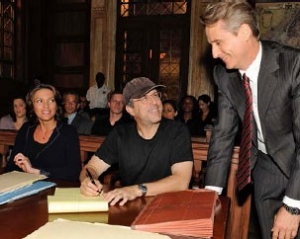 René Balcer (centre) goes over a scene with Alana de la Garza and Linus Roache on the set of Law & Order. Balcer’s résumé includes being creator of Law & Order: Criminal Intent.
René Balcer (centre) goes over a scene with Alana de la Garza and Linus Roache on the set of Law & Order. Balcer’s résumé includes being creator of Law & Order: Criminal Intent.
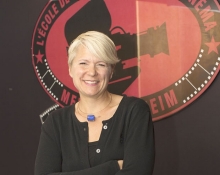 Haidee Wasson
Haidee Wasson
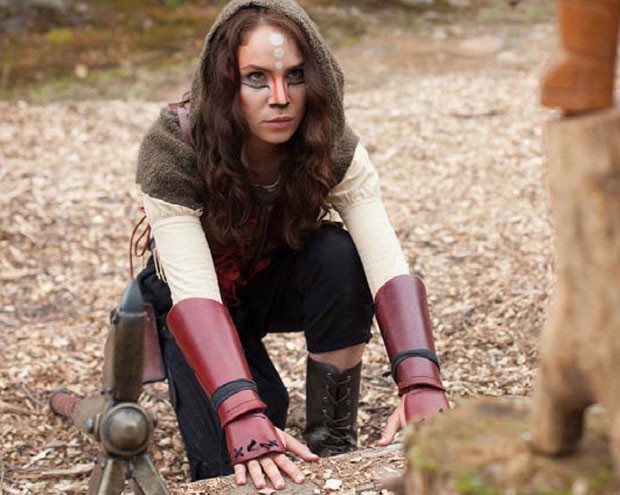 Online-only offerings like LARPs: The Series could threaten traditional TV delivery.
Online-only offerings like LARPs: The Series could threaten traditional TV delivery.
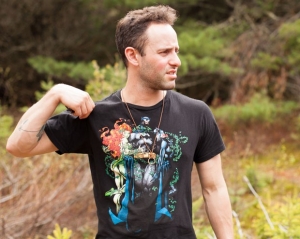 Benjamin Warner
Benjamin Warner
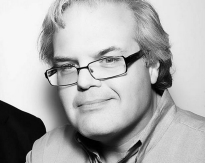 Bill Harris
Bill Harris